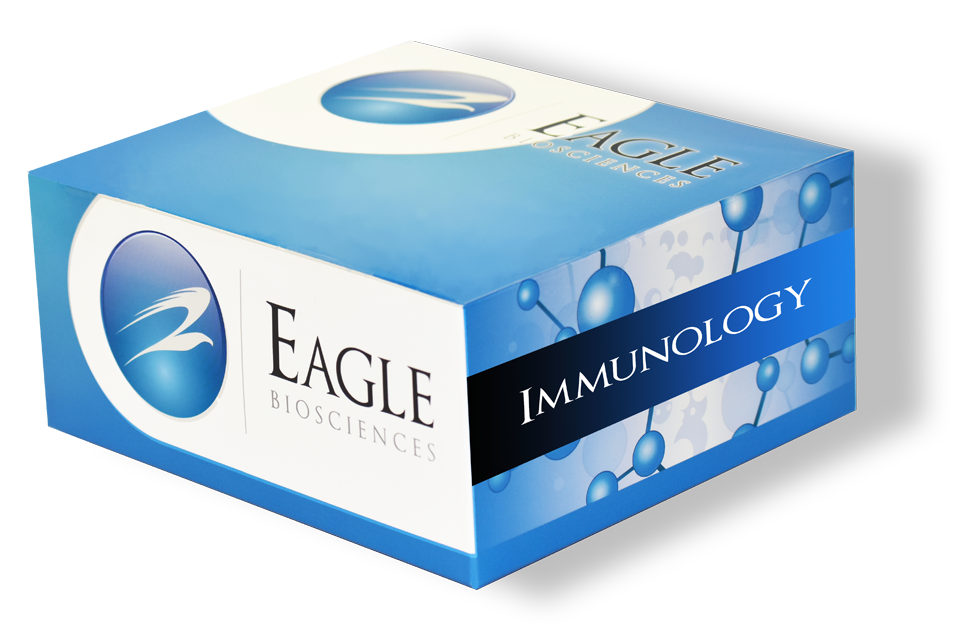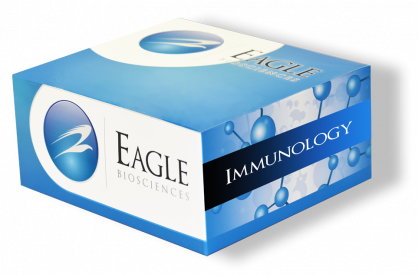Human sCD141 ELISA Assay
The Human sCD141 ELISA Assay is For Research Use Only
Size: 1×96 wells
Sensitivity: 0.31 ng/ml
Dynamic Range: 0.625 – 20 ng/ml
Incubation Time: 1h45mn
Sample Type: Serum, Plasma, Cell Culture
Sample Size: 100 µl
Alternative Name: Thrombomodulin, BDC-A
Assay Background
CD141 , also known as Thrombomodulin or BDC-A is an transmembrane protein expressed predominantly on the surface of vascular endothelial cells, but also on other cell types such as macrophages, monocytes, subpopulation of myeloid dendritic cells and keratinocytes. Thrombomodulin is a type 1 membrane glycoprotein of 74kDa consisting on a single chain with 6 Epidermal Growth Factor (EGF)-like domains critical for Thrombin and proteine C binding, and four other domains (an N-terminal C-type lectin domain, a highly glycosylated serine/threonine-rich domain, a transmembrane segment, and a short C-terminal cytoplasmic tail. It acts as an important component in the anti-coagulation and fibrinolysis system : cofactor for active thrombin, the thrombomodulin-thrombin complex activates protein C to degrade coagulation factors, inhibiting coagulation and fibrinolysis.
When vascular endothelial cells injury occurs, proteolytic cleavage release multiple fragments of thrombomodulin in circulation, so it represents a good marker for endothelial cell damage in pathologies such as cardiovascular disease, acute coronary syndrome, pulmonary thromboembolism or severe hemorrhage. Thrombomodulin has been described as an anticoagulant effect protein, and its therapeutical potential for preventing deep vein thrombosis and its use in the treatment of disseminated intravascular coagulation is under demonstrated in preliminary data.
More recently, other biological effects beyond anticoagulation have been demonstrated such as an anti-inflammatory , cell adhesion and proliferation regulation It is also demonstrated that thrombomodulin may be able to suppress the metastatic capacity of tumor cells, and hence have a protective role in many types of malignancies.
Related Products
Human sCD25 / IL-2R ELISA Assay Kit
Human CD138 /SYNDECAN-1 ELISA Assay Kit
Human CD95 / FAS ELISA Assay Kit



